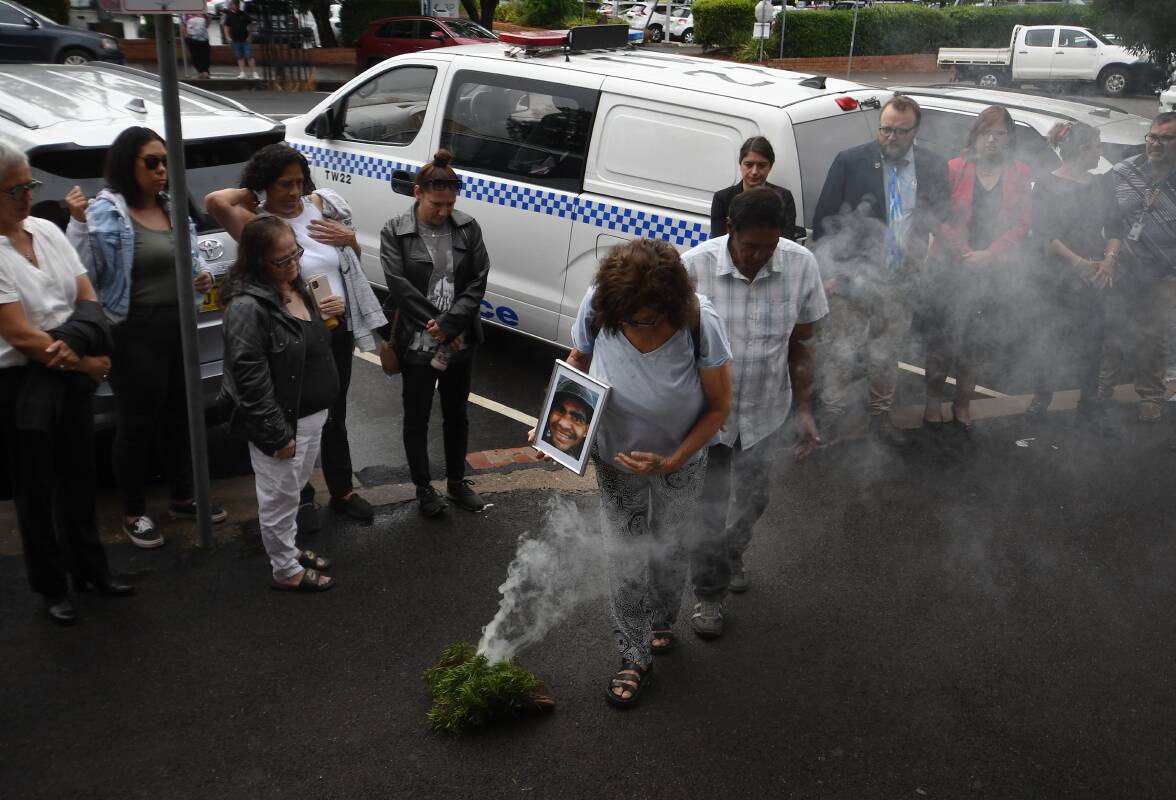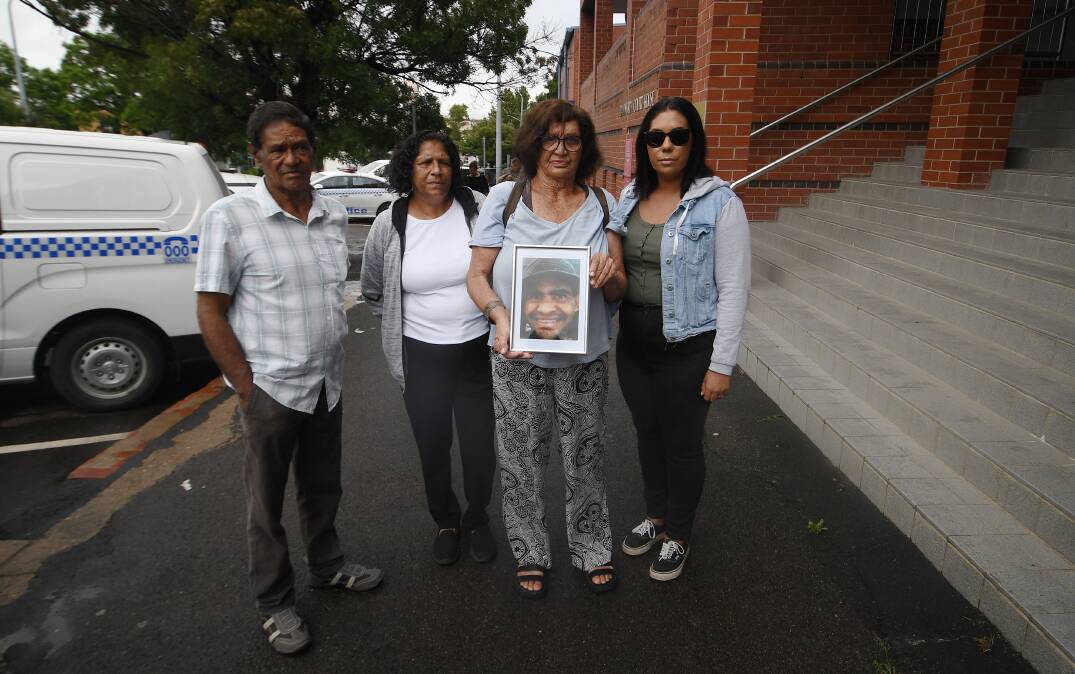
FAMILY and loved ones of Aboriginal man William Haines gathered at Tamworth court on Tuesday morning in their search for answers into his death while in custody.
Family members, including from Tamworth, united with others outside the courthouse for a traditional smoking ceremony before the inquest into his death opened.
A photograph of Mr Haines was placed inside the courtroom, with evidence to be heard this week before Deputy State Coroner Carmel Forbes.
The 37-year-old man, of the Bundjalung and Gomeroi nations, was found unresponsive in his cell at Cessnock Correctional Centre in the Hunter Valley on the morning of April 27, 2021.
Counsel Assisting the Coroner Michael Dalla-Pozza revealed in his opening address that Mr Haines had spent more than 10 days in hospital before he died in his cell.
"Mr Haines died at a tragically young age," he told the court.
Mr Dalla-Pozza said the inquest would examine any systemic issues including the appropriateness and the adequateness of the healthcare Mr Haines received.
"An inquest is not an exercise in blame-finding," he said.
"It is hoped that this inquest will provide an opportunity ... to learn from past experience."
He said the purpose was to prevent or minimise further deaths by making improvements, if improvements are required.
"The real benefit to this inquest is the opportunity to improve systems and processes in the future," he said.
A brief of evidence was tendered and witnesses are set to be called in the coming days.

The court heard Mr Haines had had interactions with the criminal justice system and some unfortunate circumstances he had been through were detailed.
Mr Dalla-Pozza said Mr Haines' medical history was important to the inquest and records revealed he suffered from a number of conditions.
Mr Haines was arrested in Sydney in April 2020 and had been transferred to Cessnock Correctional Centre by July. He was due to stand trial on two charges in June 2021.
Between March 9 and March 20, Mr Haines was admitted to hospitals in the Hunter New England Health district.
Mr Dalla-Pozza said he was taken by ambulance to Cessnock hospital after suffering a medical episode, before being transferred to Maitland hospital and then John Hunter Hospital in Newcastle on March 11 for ongoing management by a cardiologist.
He was handcuffed to his bed during that time, Mr Dalla-Pozza said.
He was discharged and taken back to Cessnock Correctional Centre with the diagnosis of atypical chest pain.
Just more than a month later, an inmate found Mr Haines unresponsive on the floor of his cell.
Correctional officers, nurses and paramedics worked to revive him but he sadly died that morning.
The court heard his direct cause of death established during a post-mortem was a pulmonary embolism.
Mr Dalla-Pozza said the inquest would explore, among other things, the cause of Mr Haines' death and factors that contributed to it, the medical care and treatment he received, and whether the use of handcuffs was appropriate.
Mr Dalla-Pozza said Mr Haines' passing was reported in the media at the time as the eighth death of an Indigenous person in custody in Australia in 2021, despite it only being April.
"The participation of all of the family members has improved this process immeasurably," Mr Dalla-Pozza said.
The inquest heard from the first witness, the director of medical services at John Hunter Hospital, on Tuesday afternoon.
The inquest continues on Wednesday.
Deputy State Coroner Forbes will hand down findings after the evidence is heard.
The inquest was triggered automatically "because Mr Haines was in custody at the time he died", Mr Dalla-Pozza said.
-
ACM was given permission by family to publish a photograph of William Haines







